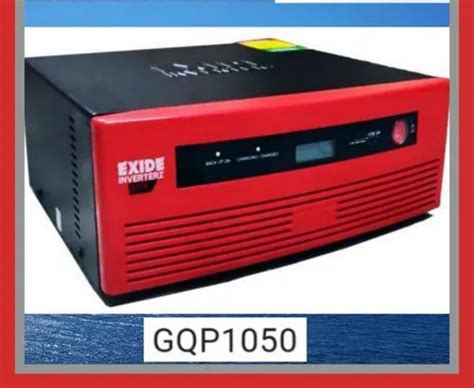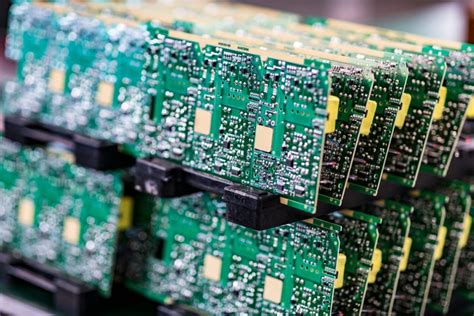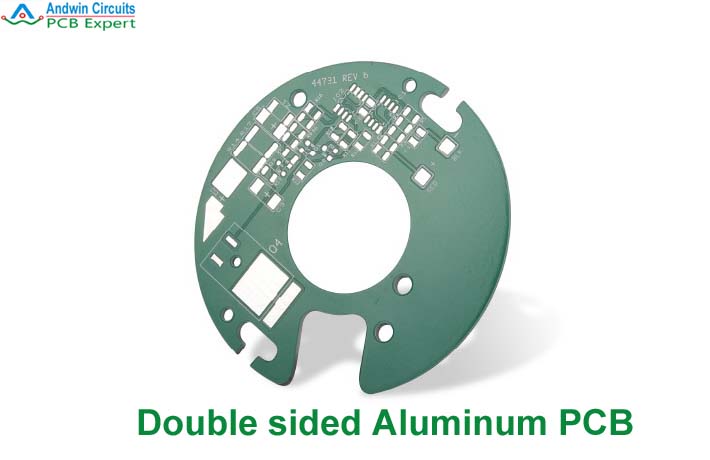Understanding Exide Inverter PCB Pricing for Smart Buying Choices
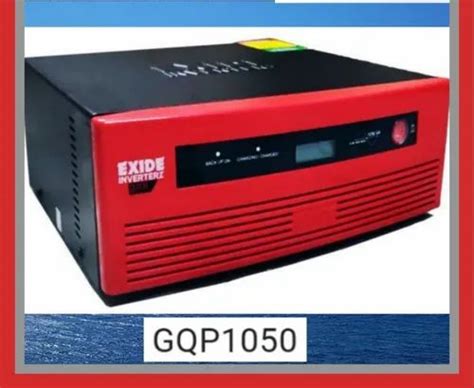
Key Takeaways
When considering Exide inverter PCB prices, it’s crucial to have a solid understanding of the various factors that influence their pricing. One of the primary components affecting costs is the pcb manufacturing process itself. Different pcb manufacturing companies offer varying levels of quality and technology, which can lead to significant differences in pcb manufacturing costs. For example, opting for advanced materials or cutting-edge technology in your inverter’s PCB may result in higher upfront costs but could provide better long-term reliability and performance.
You should conduct thorough research and compare prices from multiple suppliers, keeping an eye on what each offers in terms of quality and service. It’s advisable to request detailed breakdowns from potential suppliers to understand where your budget is going. This approach allows you to make a more informed decision, balancing the cost against the potential value you’ll receive.
Here’s a simple comparison table that illustrates what to look for:
| Supplier Name | Price Range | Quality Score (1-10) | Delivery Time |
|---|---|---|---|
| Supplier A | $$ – $$$ | 8 | 3 days |
| Supplier B | $$$ – $$$$ | 9 | 5 days |
| Supplier C | $ – $$ | 7 | 1 day |
"Always prioritize quality over price; cheaper components can lead to higher losses down the line due to failures or inefficiencies."
With such strategies in mind, you can confidently engage with the pcb manufacturing business, ensuring that you are not only focused on price but also considering the overall value that an Exide inverter PCB provides. This balanced approach will set you up for smart buying decisions tailored to your needs.
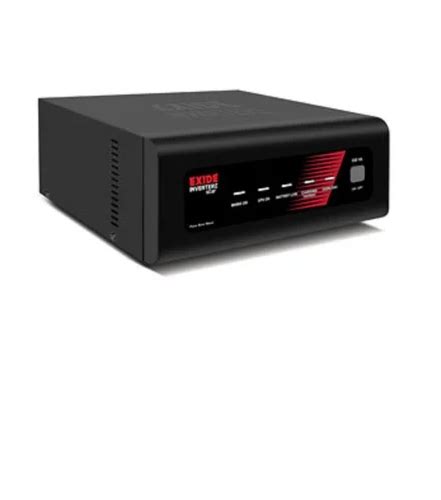
Introduction to Exide Inverter PCBs: What You Need to Know
When considering your options for Exide inverter PCBs, it’s essential to understand the various elements that can influence pcb manufacturing costs and the overall pricing of these crucial components. The price can vary significantly based on the pcb manufacturing companies involved, their production techniques, and the materials used. Factors such as the complexity of design, production volume, and technology optimizations contribute heavily to the total pcb manufacturing cost. Additionally, choosing a reputable pcb manufacturing business can ensure quality and reliability in your inverter’s performance over its lifespan. Being informed about these factors will empower you to make a more calculated decision when selecting an Exide inverter PCB that fits your budget while ensuring you receive value for your investment. Remember, focusing solely on price without considering quality could lead to challenges down the line in terms of efficiency or reliability.
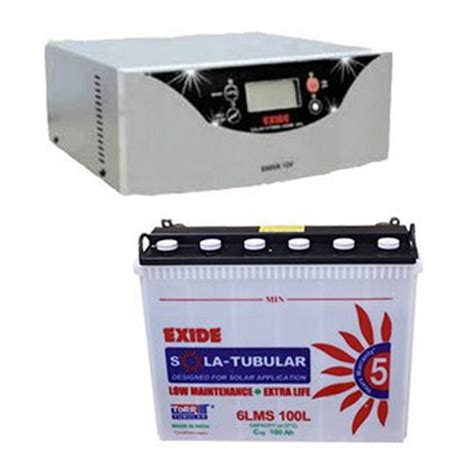
Key Factors Affecting Exide Inverter PCB Prices
When considering Exide inverter PCB prices, several key factors can significantly influence your purchasing decisions. One of the primary determinants is the pcb manufacturing process itself; the complexity and quality standards required can affect production costs. Notably, pcb manufacturing companies that emphasize high-quality materials and advanced technology may charge a premium, leading to variations in pricing. The pcb manufacturing cost is often reflective of these factors, where higher specifications and durability can yield longer-lasting products, ultimately saving you money in the long run. Moreover, the overall market demand and supply chain dynamics play crucial roles in determining pricing; fluctuations in materials and components can lead to unexpected price changes. Additionally, consider the reputation and reliability of the pcb manufacturing business you choose to engage with, as this can offer peace of mind regarding performance expectations and warranty services. By understanding these contributing factors, you can make more informed choices tailored to your budget while ensuring you invest in a product that meets your energy needs effectively.
Comparing Prices: How to Evaluate Different Suppliers
When it comes to purchasing Exide inverter PCBs, comparing prices from various suppliers is essential for making informed decisions. Start by gathering quotes from multiple pcb manufacturing companies to ensure you have a broad view of the market. Be sure to consider not just the pcb manufacturing cost, but also the quality of the materials used and the reputation of the supplier. Some suppliers may offer seemingly lower prices, but if their products are not reliable, it could lead to more significant expenses in repairs or replacements down the line. This is where understanding the balance between price and quality comes into play.
Researching pcb manufacturing business practices can also provide insights on how suppliers manage their costs and how this affects their pricing structures. Don’t hesitate to ask questions about their production processes and sourcing of materials. This transparency can offer a clearer picture of what you’re paying for and why certain suppliers may charge more than others. By taking these steps, you equip yourself with essential information that will lead to smarter purchasing choices when selecting Exide inverter PCBs for your needs.
Understanding the Quality vs. Price Relationship in PCBs
When it comes to Exide inverter PCBs, the balance between quality and price is pivotal in making a smart purchase. With numerous PCB manufacturing options available, it’s essential to understand that lower prices do not always equate to better value. As you explore different pcb manufacturing companies, consider the materials and technology they utilize, as these heavily influence pcb manufacturing cost. Quality components lead to more reliable performance and longer lifespans, which ultimately can save you money in maintenance and replacement costs. Meanwhile, engaging with reputable pcb manufacturing businesses might require a higher initial investment, but this can translate into greater savings over time due to reduced failure rates and enhanced efficiency of your inverter system. Thus, comprehensively assessing quality against price will aid you in making an informed decision that best suits your energy needs while ensuring optimal performance of your Exide inverter.
Smart Budgeting Techniques for Inverter Purchases
When considering the Exide inverter PCB price, it is crucial to employ effective budgeting techniques that enable you to make sound financial decisions. Start by conducting thorough research on various pcb manufacturing options available in the market. Understanding the pcb manufacturing cost can give you insights into how much you should allocate for your inverter purchase. It’s advisable to compare prices from different pcb manufacturing companies, as this allows you to identify which suppliers provide the best value for their components. Take advantage of promotional offers or bulk purchasing discounts whenever possible, as these can significantly reduce your overall expenditure. Additionally, assess the quality versus price relationship—investing a little more upfront in superior pcb manufacturing business practices can yield better performance and longevity in your inverter system. By balancing these factors, you ensure not just a sound financial choice but also a reliable power solution that meets your needs efficiently.

Essential Tips for Value Assessment in Inverter Selection
When assessing the value of Exide inverter PCBs, it’s essential to consider various elements that directly impact your purchasing decision. First, you should familiarize yourself with the pcb manufacturing process and its intricacies. Understanding how different pcb manufacturing companies operate can shed light on the quality and price variations you may encounter in the market. Look for those firms that emphasize efficiency and quality, as this often translates to better performance at a sustainable pcb manufacturing cost. Tip: Always prioritize suppliers who provide transparency about their production methods and materials used.
Next, think about your specific needs and how various pcb manufacturing business models can affect the longevity and reliability of your inverter. Inverters play a critical role in energy management; therefore, even small differences in PCB design could lead to significant differences in performance and cost-effectiveness over time. Assess warranties offered by suppliers, as they can be indicators of product reliability and manufacturer confidence.
Moreover, be wary of too-good-to-be-true offers; often, these prices result from compromised quality or inferior materials. Conduct thorough comparisons of features versus pricing to ensure that you are not merely chasing lower costs but securing value that meets your specific energy requirements effectively. By being diligent about these factors, you can make an informed buying decision that balances both functionality and cost while optimizing your investment in Exide inverter PCBs.
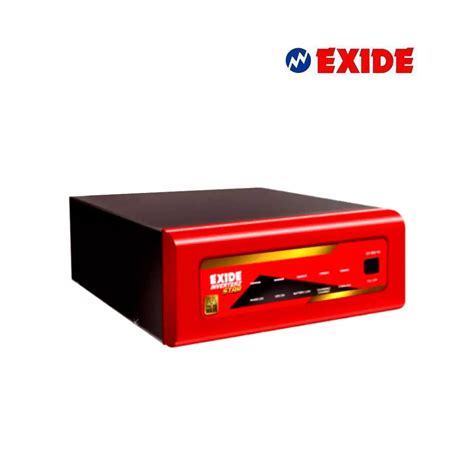
Common Myths About Exide Inverter PCB Pricing
When it comes to the pricing of Exide inverter PCBs, several myths can cloud your judgment during the purchasing process. One common misconception is that higher prices automatically equate to better quality. While the pcb manufacturing process plays a significant role in determining quality, many reputable pcb manufacturing companies offer competitive pricing without compromising performance. Additionally, you might think that all pcb manufacturing costs are exorbitant; however, with advancements in technology and competition among various suppliers, there are affordable options available. Many buyers also assume that opting for lower-priced PCBs means sacrificing durability or reliability, but it’s essential to evaluate the reputation of the pcb manufacturing business rather than focusing solely on price tags. Understanding these myths can empower you to make more informed decisions, ensuring that you select a product that meets both your performance and budgetary needs without falling prey to misconceptions about pricing. Always remember to consider additional factors such as warranty, customer reviews, and supplier reliability to enhance your overall assessment and avoid common pitfalls associated with inverter PCB purchases.
Conclusion: Making Informed Decisions for Your Power Needs
As you navigate the landscape of Exide inverter PCB pricing, it’s crucial to synthesize the various elements that influence your purchasing decisions. Understanding pcb manufacturing costs is essential, as these can vary significantly among pcb manufacturing companies. When evaluating suppliers, consider not only the upfront costs but also the longevity and reliability of the product, as these factors can impact your overall investment in the long run. Additionally, if you delve into the pcb manufacturing business, you’ll find that quality often correlates with price; thus, opting for the cheapest option may not always serve your best interests. By employing smart budgeting techniques and assessing value accurately, you empower yourself to make choices that align with your specific power needs and financial strategy. Taking time to reconsider how much you are willing to invest can make a marked difference in your satisfaction with both performance and durability of your inverter solutions.
Conclusion: Making Informed Decisions for Your Power Needs
In the pursuit of value in Exide inverter PCB pricing, understanding the underlying factors is crucial for making informed decisions. As you navigate through various options, keep in mind the importance of pcb manufacturing quality and how it correlates with your long-term investment. It’s essential to assess not just the immediate pcb manufacturing cost, but also the reliability and performance associated with different pcb manufacturing companies. Engaging with a reputable pcb manufacturing business ensures that you are investing in a product that meets your power needs while providing durability and efficiency. By prioritizing quality over mere price, you protect yourself from potential pitfalls that could arise from opting for lower-cost alternatives. Make the effort to compare suppliers carefully, evaluating their offerings through a lens of quality and service rather than just price alone. In doing so, you lay down a solid foundation for your inverter selection process, ensuring your purchase aligns with both your budgetary constraints and performance expectations.

FAQs
What factors should I consider when looking at Exide inverter PCB prices?
When evaluating Exide inverter PCB prices, you should consider factors such as pcb manufacturing costs, supplier reputation, and the quality of materials used in production. It’s essential to assess how these elements converge to determine the overall value.
How do I evaluate different suppliers of Exide inverter PCBs?
To evaluate suppliers, compare their pcb manufacturing processes, customer reviews, and service offerings. Look for transparency regarding their pcb manufacturing business practices, which will help you identify trustworthy suppliers.
Is there a connection between price and quality in Exide inverter PCBs?
Yes, there is often a relationship between price and quality. Generally, higher-priced pcb manufacturing companies utilize better materials and more advanced technology in their production, leading to more reliable products.
What budgeting techniques can I use when purchasing an Exide inverter PCB?
You can employ strategies such as analyzing your energy needs, comparing multiple suppliers’ prices, and prioritizing features that matter most for your setup. This will guide you effectively through the pcb manufacturing cost landscape.
Are there common misconceptions about Exide inverter PCB pricing?
Some people assume that all low-priced options are inferior; however, some companies may offer competitive prices without compromising quality by leveraging efficient manufacturing processes.

